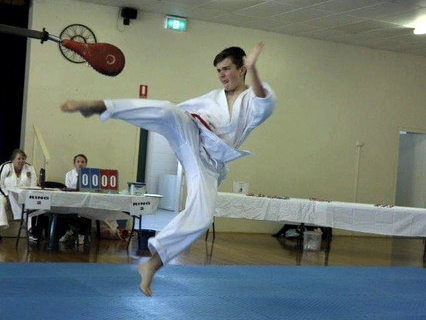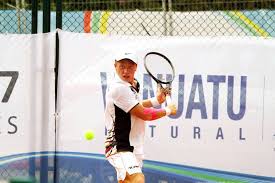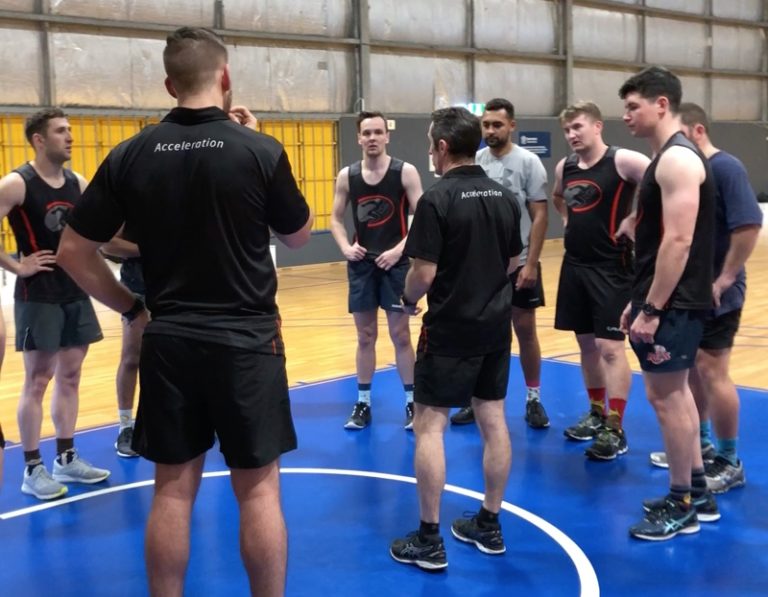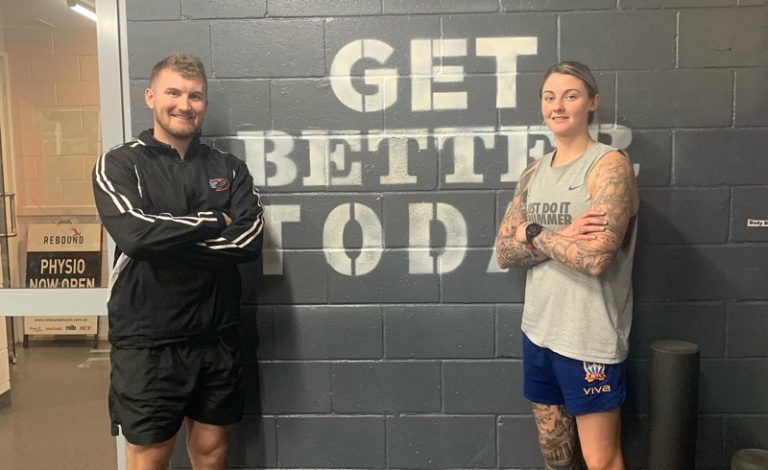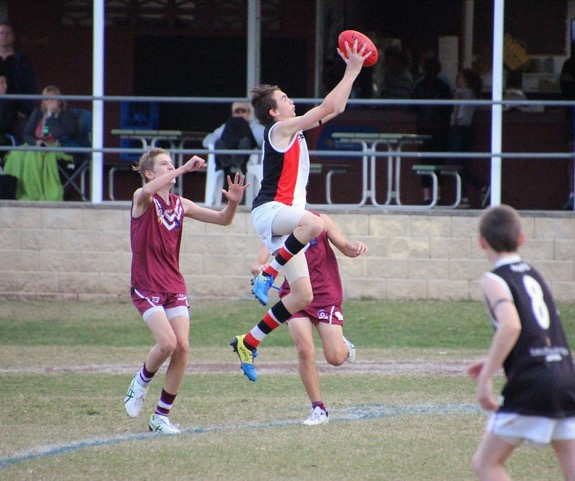7 Step Plan for Your Marathon / Triathlon Event
Are you planning to participate in an event this year? There are so many great ones to choose from.
If you’re just starting out, or if you want to improve your results from the last time, I’ve worked up a plan to help you.
Last year, I participated in a couple triathlons and a 100km bike ride and hope to do several more this year.
I love competing in these events because it gives me something to train towards and finding out how hard I can challenge myself.
I also love to beat my own personal bests and compete against others.
So, no matter your age or fitness level there is an event out there for you and this is the marathon or triathlon plan to get you ready for it!
Congratulations and Let’s GO!
Well done, you’ve made the decision to participate in a marathon or triathlon event!
Now, you have a lot to think about in terms of getting yourself ready.
We’ve helped swimmers, cyclists, runners and trekkers prepare for their events.
From our experience we know the best place to start is to develop a training plan.
Part of this plan should be looking at your foundations like general health, movement patterns, nutrition, sleep and more importantly your fitness to complete these events.
Complete or Compete
What is your goal for this event? All athletes should start with a goal first.
Ask yourself, ‘Do I want to simply complete this event or do I want to compete in it?’
Knowing your goal will set the tone for how you train and how serious and proactive you want to be.
My golden rule for my marathon or triathlon training is being over-prepared.
I think this is usually the best route to take because there are so many things out of my control.
For example, the weather might be terrible, including very cold bike rides in the morning, wet roads or a bad night’s sleep the night before.
Plan of Action Step 1: Visit Your GP
If it’s been a while, get a check-up by your GP.
He or she will be able to find anything that might be a problem as you progress through your training.
If anything, I find it interesting to do all of my heart checks and blood work and before and after.
Nothing is more motivating than seeing your body change for the better.
In fact, my GP recently printed off my blood work results and drew stars on it because he was so impressed with me!
Plan of Action Step 2A: For the Runners, Start with Your Feet
I would highly recommend consulting with a running expert to have a look at your running/walking form. We have a thorough testing regime to help with this.
Think about it, if you are going to be running or walking a lot of kilometres it makes sense to make sure the mechanics of how you are doing so are spot on.
Repetitively running on your toes for example or on collapsing feet is just asking for a calve or achilleas injury.
Your coach should be looking at:
- how your feet land,
- your hip alignment,
- torso movement,
- arm swing, etc.
We have cameras set up so you can watch yourself run. This way the coaching cues you get make sense and you’ll be able to visualise how you are meant to be moving.
After this type of consultation, any alarm bells that crop up can be addressed.
One of the alarm bells may be that you need orthotics. These adjust your feet perfectly so you are less likely to have an injury or cause too much wear and tear on your joints.
Your feet are very important so see a podiatrist soon. In fact, see them before the next point – Your Shoes!
Your shoes are extremely important! Make sure you have it in your budget to allow yourself multiple pairs.
You should rotate them daily and replace them if they lose their support.
I have found that I go through 3 pairs of shoes in about six months.
It’s expensive but they are what is between you and the hard ground.
Plan of Action Step 2B: For the inexperienced Swimmers – Get your Breathing right first, then your technique
Firstly, get used to being in the water. Get some goggles and a watch to track yourself.
For me, swimming is the hardest. Before I got into the ocean, I trained myself to be able to go up and back in a pool.
When I first started, I could barely do a lap and now I am more than capable of going 1,500m continuously.
Secondly, once you have some confidence, go and see a swimming coach to help fix your technique.
Technique in swimming is key – holding a streamline position and your stroke is a deal breaker or maker.
Your Acceleration Coaches can support your swimming by incorporating key exercises.
Plan of Action Step 2C: For the inexperienced cyclists – You need a bike!
I will guarantee you this, once you start you will be hooked on cycling.
But before you start training, get used to riding a bike for at least 25-40km.
If you are very inexperienced start small and gradually build your tolerance.
Once you are ready, you will need to purchase a road bike, helmet and clip in shoes.
All those little things will make your training easier and complete your event on the day.
My key word is practice!
Practice riding for distances, different environments (wet or cold) and practice clipping in and out with your shoes.
It’s safe to say, you will fall off a few times like I did.
Including strength training for cycling is beneficial as well. You will need to make sure your neck, shoulder and arms can handle the distance on the bike as well. Its imporatnt to keep your body balanced.
Action Plan Step 3: Be at Your Peak On the Day
All professional athletes follow a periodisation chart which maps out the type of training and the intensity of the training they need at a particular time.
Everything is timed just right so their bodies are well prepared but fresh for the big day/event.
Plan out how many sessions per week is achievable and how much duration in each session you have time for.
You will need to focus on all aspects of your event including your gym work.
I am not going into super detail but you need to devote 1-2 sessions per week for each event to build any tolerance.
Remember you cannot wing it. If you fail to practice you are practicing to fail.
If you are inexperienced like I was, start small and build yourself up. Start training a minimum of 12 weeks out from the event.
Our coaches at Acceleration can sit down with you to design your plan.
Having a periodisation chart takes out the guess work and makes it easier to follow and stay motivated until the end.
Tip! Quite often, it is at the tapering stage where elite athletes get sick.
I’m sure you’ve heard of swimmers getting a bad flu right before a big event like the Commonwealth or Olympic Games.
It’s because their immune systems are weakened from the months of training.
Either way, Dr. Mike Mosely (from the book, ‘The Clever Gut’) recommends taking a good probiotic to support the immune system in this stage of training.
But of course, speak to your dietician or GP about this idea for you.
Action Plan Step 4: Nutrition
What you eat is so vitally important every day anyway but when you are training it is extremely important to prepare for training, fuel up for the next day, recover from a day’s work and keep your organs happy after the excursion from physical demands.
Have a dietician help with your food for the day of the event is great as well as the training phases leading up to it.
I admit, I thought I had the food side sorted and thought a supplement here or there and a sports drink would be enough. Well, I can tell you from experience getting it right leading into the event and the day of the event is one of the most important things. Once I spoke to the dieitican, it helped me immensely.
If you are participating in a long, cycling and/or running event get the right Gels for event day (talk to your dietician).
Again, you need to practice! Practice taking gels on big training days because Gels don’t agree with some people or they can make you feel weird if you have never done it.
Trust me, get to used to it before the day or it won’t be fun having a Gel on the bike and it doesn’t agree with you!
Give a sports dietician a ring! I called Andrew Hall
Action Plan Step 5: Regular Massage and Physio Appointments
If you get a niggling injury or a tightness that won’t go away, get it looked at and worked on straight away.
This preventative and proactive approach will pay you back in dividends. You will avoid hurting yourself further and perhaps you’ll pick up on some issue that is creeping up.
I go to the physio when I need a tune up. I often have a massage when I am pretty sore especially a few days after the event This is because it helps my body stay in line and removes any niggles that can creep up.
Action Plan Step 6: Get More Sleep!
If you get into trouble at work or school for being late because you needed more sleep, you can blame me. But if I get in trouble because of you I will be knocking on your door asking you about your sleep hygiene!
Have a look at our sleep hygiene blog article to make sure you are setting yourself up right to get enough sleep.
Sleep for athletes is especially important because this is the time when the body heals. Sleep fixes so many things and it is free. Look after your sleep.
Action Plan Step 7: Practice Recovery Methods Daily
I find this the hardest, most boring thing to do but it makes a HUGE difference.
It requires a bit of extra time each day but it is crucial to keep the muscles long and functioning properly.
Doing this will avoid injuries and visits to the physio! It will also help you to feel less sore and to stay on track.
All Acceleration programs include a trigger pointing program. If you want to run through one on your own, here is a link to a Trigger Pointing Program plan for all types of athletes.
Enjoy the Process and Have Fun!
Nothing beats the feeling of completing an event. It feels amazing. I wish you the best in your training and participation.
Let us know if we can help you in any way or explain something further. Give us a call or send an email.
For your reference, these are the professionals I have used.
Massage Therapist – Pedro Alcobio
Sports Dietician – Andrew Hall
Physiotherapists – Movement Improvement
Podiatrists – Queensland Foot Centre
Shoes – InTraining
Need some inspiration to find an event for you?
There are heaps of websites, but this one looks pretty good for finding something.
Written by:

Byron Williams
High Performance Manager
Acceleration Australia
